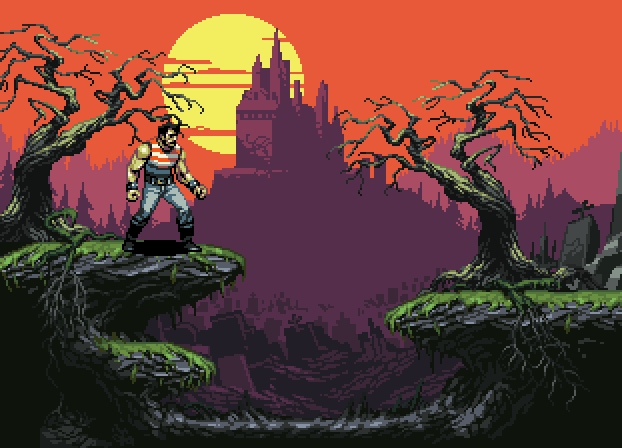Important Business
Terrarian
Hello!
I'm starting to get interested in the spriting business, and I've been wanting to know all about what you guys do. What programs do you use? What style do you prefer? I really would like it if all you artists out there could tell me all about what you do to make the masterpieces you make.
Thank you!
I'm starting to get interested in the spriting business, and I've been wanting to know all about what you guys do. What programs do you use? What style do you prefer? I really would like it if all you artists out there could tell me all about what you do to make the masterpieces you make.
Thank you!

